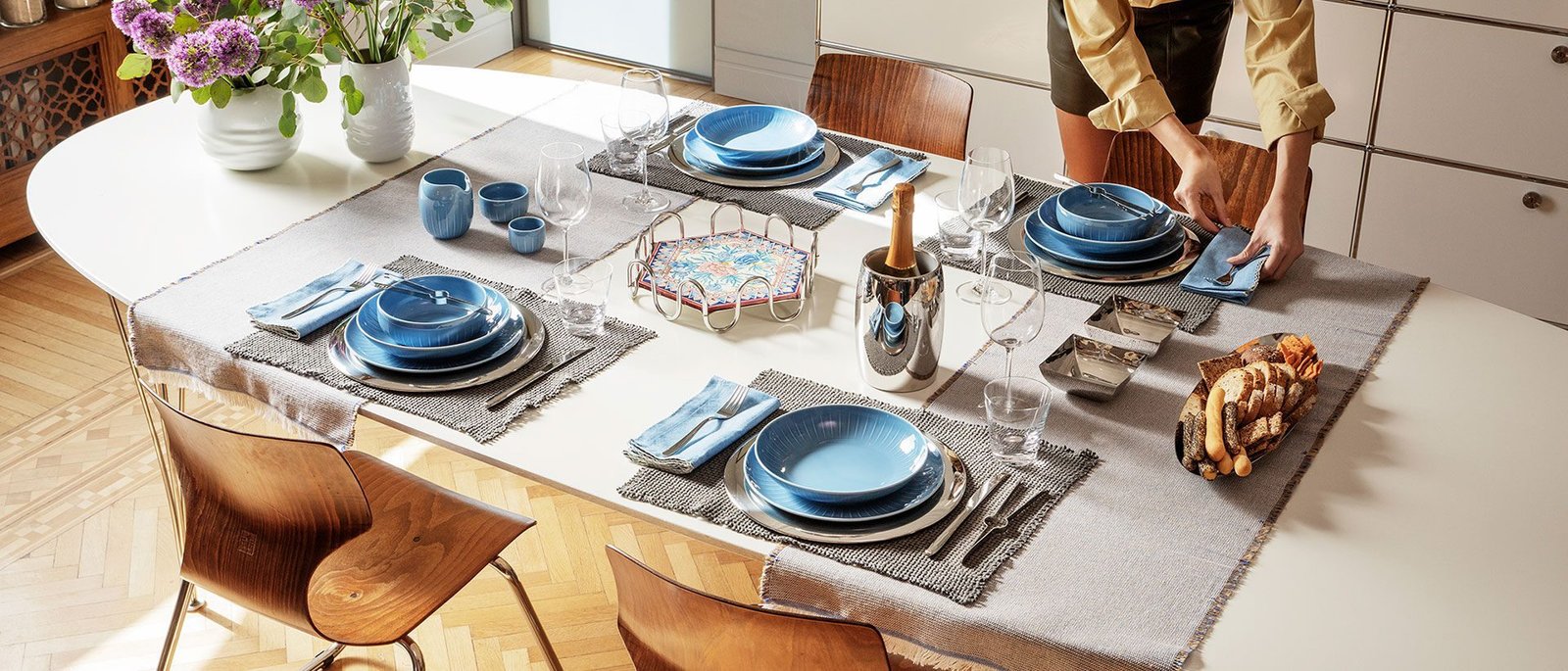
Functional Beauty: Why Tableware Is More Than Just An Eating Accessory
In dining, where flavours and aromas take centre stage, an often-overlooked element significantly shapes our culinary experiences. It’s not the ingredients, the chef’s skills, or even the restaurant’s ambience. Instead, it’s the canvas upon which our food is presented—the elegant plates, the stylish cups, and the meticulously crafted utensils. Often seen as a mere functional necessity, tableware serves a much greater purpose than simply holding food and drink. Beyond its practicality, it is a reflection of culture, a symbol of hospitality, an instrument for enhancing the dining experience, and an embodiment of sustainable living. Delve into the multifaceted world of these dinner pieces and explore why it is more than just an eating accessory.
Table of Contents
ToggleA Reflection of Culture
It is deeply intertwined with culture and tradition. Different regions and countries have their unique styles and customs when it comes to table settings. For example, Japanese tableware is known for its minimalist design and attention to detail, while the Indian ones often feature vibrant colours and intricate patterns. The choice of these pieces can convey a sense of identity and heritage, making it an integral part of cultural expression. When dining with things that reflect one’s cultural roots, it can evoke a sense of nostalgia and connection to one’s heritage.
The Art Of Hospitality
It plays a pivotal role in the art of hospitality. When guests are welcomed into a home or restaurant, the presentation of food and drinks on beautifully arranged wares enhances the overall experience. The choice of these pieces can set the mood and ambience for a meal, whether it’s a dinner party with associates or a casual brunch with friends. It sends a message of care and thoughtfulness, making guests feel valued and appreciated. Serving a meal with exquisite options elevates the dining experience, turning it into a memorable occasion.
Enhancing the Dining Experience
Beyond aesthetics, they also contribute to the functionality of dining. Properly designed items can enhance the taste and enjoyment of food. For example, the shape and size of a wine glass can influence the aroma and flavour of the wine, while the texture of a plate can complement the presentation of a dish. The right utensils can make eating easier and more enjoyable. It is not just an accessory; it is a tool that enhances the sensory experience of dining, making each bite or sip more delightful.
The Sustainability Factor
In an era of increasing environmental awareness, sustainability has become a crucial aspect of its design. Many manufacturers are now opting for eco-friendly materials and production methods, such as recycled glass, bamboo, or biodegradable plastics. Sustainable options are better for the planet and the health of those who use them. Consumers are increasingly looking for options that align with their values, making sustainable options a growing trend in the industry. Choosing an environmentally friendly piece is a way to make a positive impact on the world, one meal at a time.
Conclusion
Tableware is far more than just an eating accessory; it is a fusion of art, culture, hospitality, functionality, and sustainability. It enriches the dining experience by adding beauty and meaning to every meal. Whether it’s a carefully chosen piece that reflects one’s heritage or a sustainable option that aligns with one’s values, it has the power to transform the act of eating into a memorable and meaningful event. So, the next time you set the table, take a moment to appreciate the multifaceted beauty of the piece before you, for it is a reflection of the artistry, culture, and care that goes into every meal shared with loved ones.

Benjamin Ortiz is a digital marketing expert. He currently runs an SEO agency and a survival gear review blog.






